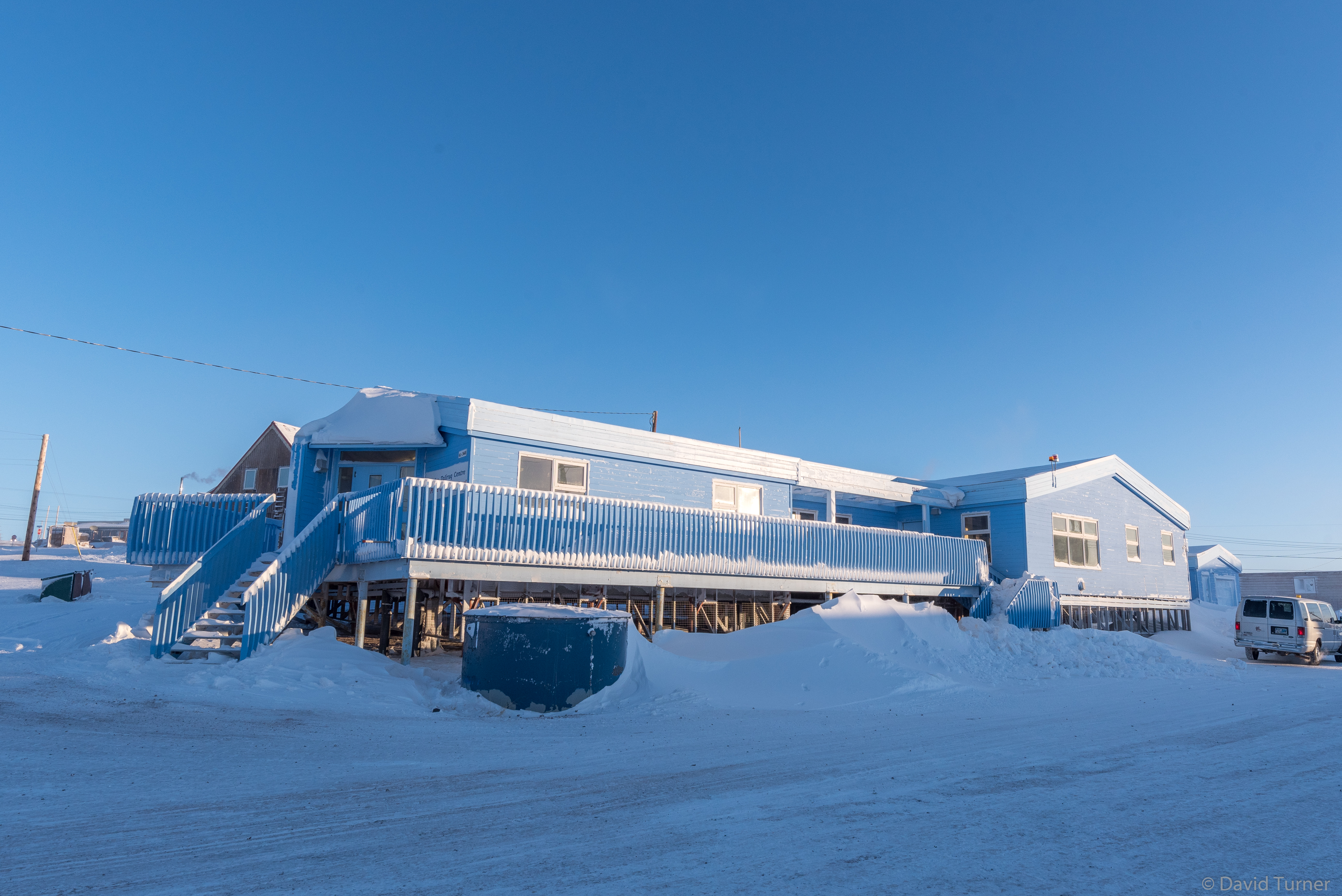
Martha Taliruq Centre
Facility Data
Total Floor Area:
5,091 ft²
Year Opened:
1993
Annual Baseline Energy Data
Consumption:
235,219 ekWh
GHG Emissions:
67 Tonnes eCO2
Energy Intensity:
46 ekWh/ft²

Total Floor Area:
5,091 ft²
Year Opened:
1993
Consumption:
235,219 ekWh
GHG Emissions:
67 Tonnes eCO2
Energy Intensity:
46 ekWh/ft²
Modernization of Building Automation Systems (BAS) is one of the most significant elements of the Atuttiarniq program. Not only will new and upgraded BAS allow for better control and monitoring of a building's heating, ventilation, lighting, and other energy-consuming systems, but each system will be remotely accessible for easy trouble-shooting and fast, effective response to changes in the building. Having a modern, standardized approach to Building Automation enables optimization of building systems through energy conservation strategies related to control schedules, temperature set points, and new HVAC system routines. These strategies are transparent to operators and effective for maintaining - or improving - space conditions in the buildings, all while saving energy and operating costs by turning off equipment when systems are not required.
As our buildings age, existing seals around doors and windows have become worn and damaged from weather, allowing increased infiltration of outdoor air into the buildings, and warm air to be lost to the outdoors. This increases the energy required to adequately heat our spaces, especially during the cold winter months. Repairing the sealing and fixtures around doors and windows helps reduce heating requirements and overall energy usage, and helps keep indoor temperature levels more consistent.
Water is our most precious resource. Everyone can practice effective water conservation in their daily lives, but having highly-efficient water fixtures and appliances is a big help, too. Government facilities are doing their part by reducing the demand for water and increasing water use efficiency wherever possible. This includes replacing most existing, inefficient plumbing fixtures with new, high-efficiency ‘low-flow’ fixtures that provide the same, or better, water pressure performance while using less water.
Lighting systems consume from 20 to 50% of a building’s electricity, so finding ways to increase their efficiency can make an average building highly-efficient. Lighting retrofits have lasting, deep energy-efficiency increases thanks to modern LED lighting and smart building controls. We’re modernizing lighting fixtures and control systems in virtually every Government building, with the goal to: • Reduce electricity demand and consumption, thereby saving energy costs and reducing GHG emissions associated with electricity generation from local diesel power plants; • Standardize lighting fixtures to simplify maintenance and provide proper lighting to all spaces; • Improve lighting system efficiency and control, with occupancy sensors and dimming controllers added in select areas to further reduce energy use and improve lighting system flexibility.
Mechanical systems that provide building heating, and ventilation, and water heating functions benefit from upgrades to newer, more energy-efficient equivalents as they reach the end of their useful life. We’re conducting these upgrades to old, inefficient fans, pumps, heating plants, and other typical appliances our Government buildings need to provide their services. In most cases, these upgrades allow our buildings to reach their minimum operating conditions for energy demand while still maintaining, or improving, indoor environmental conditions. In other words, we’re trying to get the same, or more, out of our buildings’ major mechanical systems, but for much less energy!
For more information about Atuttiarniq activities, please contact:
atuttiarniq_info@gov.nu.ca
All materials on this website are copyrighted. The use of any images or text is strictly prohibited without the expressed written approval of the copyright holders. Images uploaded are the property of the uploader unless otherwise indicated.

